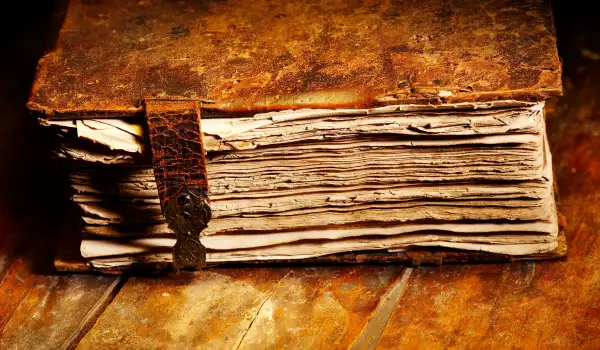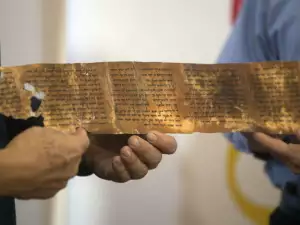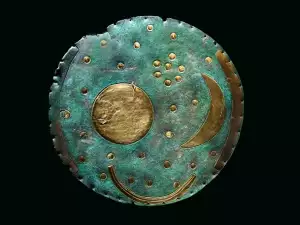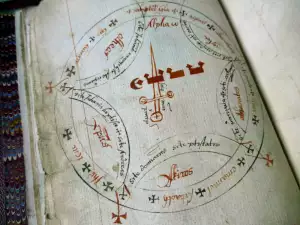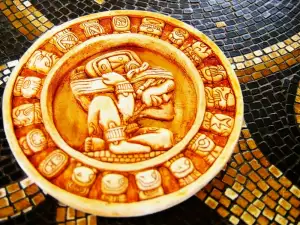The Gospel of Judas is authentic, it is a revelation that Joseph drums made, an American archaeologist, he told this to delegates at the annual conference of the American Chemical Society in New Orleans.
The discovery of the Gospel of Judas, in the late seventies of the 20th century in El Minya in Egypt, called into question the role of Judas as the betrayer of Jesus Christ. According to the text of the apocryphal edition, Judah hath not betrayed his beloved teacher, and was merely following his precepts and fulfilled his wishes.
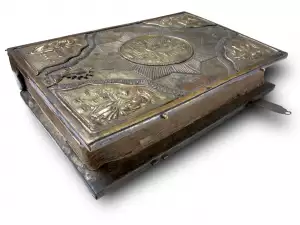
The ancient papyri are 62 pages handwritten text written in Coptic. Found in Egypt, the Gospel of Judas is not the original manuscript out from under the hand of the apostle, but rather an original Greek translation to Coptic made in the II century.
Original carbon dating was done by researchers at Arizona State University. Samples taken from the outer packaging of the manuscript were examined by Dr. Timothy Jules, an expert on carbon dating. They showed that the most probable year of writing hit apocryphal gospel is between 220 and 340, a ± 60 year gap.

According to experts from the University of Arizona, probable dating of the manuscript was between III and IV century. Other experts determined an even later age - the end of the IV century, based on diplomatic methods.
American archaeologist Joseph drums presented new scientific evidence of the authenticity of the Gnostic gospel. Dr. Drum, with a team of colleagues began a detailed study of the documents found back in 2006.
The team of archaeologists made a detailed study of the composition of the ink used, the composition of the paper, its properties. The conclusion of the experts is that the lost 18 centuries ago manuscript is authentic.
According to Dr. Drum: "If we had not encountered in other papyri, which are from the same time and used the same inks, we would have much more difficulty trying to prove the authenticity of this document." For comparative evidence were used ancient Egyptian marriage certificates.
Critics of Dr. Drum’s discovery express doubts in his conclusions, indicating that the test ink manuscript of the Gospel of Judas does not contain traditional Late Antiquity and Early Middle Ages salts of sulfuric acid. This may be a clear sign that the Coptic translation was made much later, and the document was a forgery.
In refutation of the argument, Dr. Drum indicated the works of a French Egyptologist specialist dealing with the study of Egyptian papyri of I-III in AD. According to the French scholar, papyri from this period are written with the same type of ink. Scientists believe that this was a transitory type ink, which is between the inks based on plant extracts and those based on iron sulphate.
